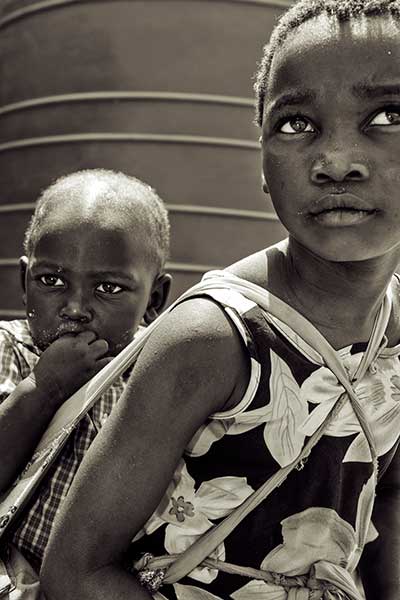
Child-Headed Households
It is hard to imagine a pre-teen child assuming responsibility for a household that may include siblings, or an ailing parent or grandparent. Child-headed households are defined as households where minor children (under the age of 18) are leading the household. Eswatini is one country where, increasingly, children are stepping into the roles of parent and provider.
The last remaining absolute monarchy in Africa, Eswatini has the highest HIV/AIDS prevalence in the world. It also has the highest TB incidence in the world. In 2006, at the height of the pandemic, the prevalence in Eswatini was 39.2 percent. While significant improvements have been made, the prevalence rate of 27.3 percent still means that over one fourth of the population is affected.
Children of child-headed households may be orphans or abandoned. Some children may be in the presence of an adult who is unable to manage the household.
Traditional family safety nets cannot cope with the extent of need created by the HIV/AIDS epidemic.
Child-headed households:
- Are vulnerable to abuse, abandonment, and disease.
- Have inadequate access to healthcare, education, food and bare necessities.
- Are marginalized because of the stigma of HIV/AIDS and extreme poverty.
- Have a lower life expectancy and little hope for a better future.
